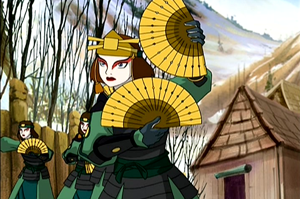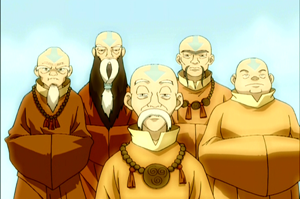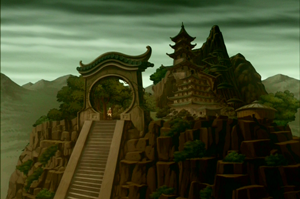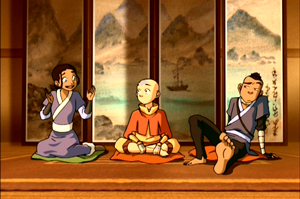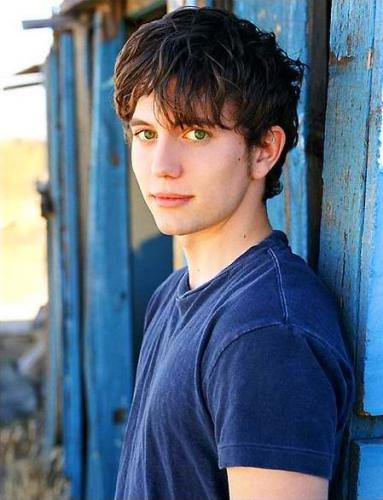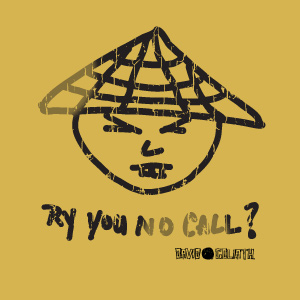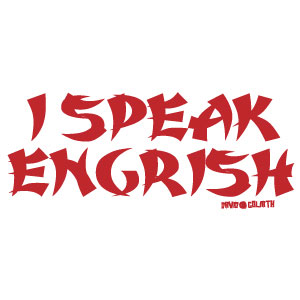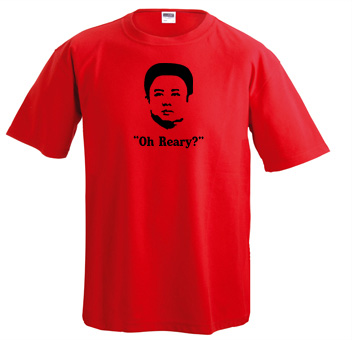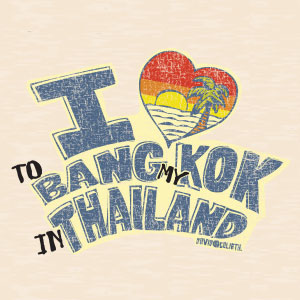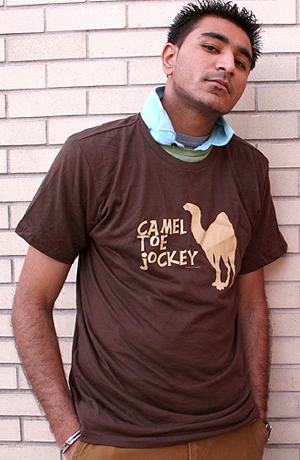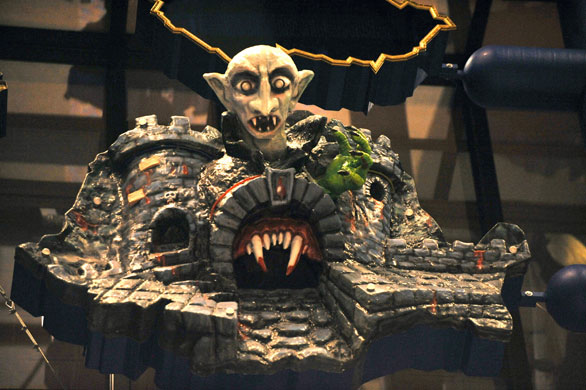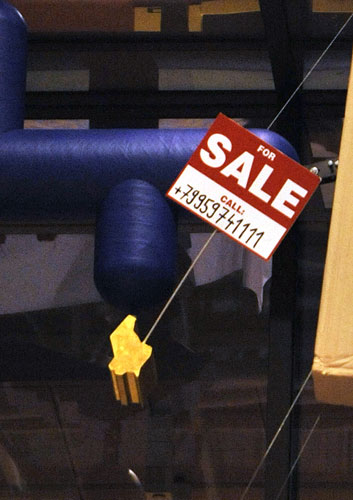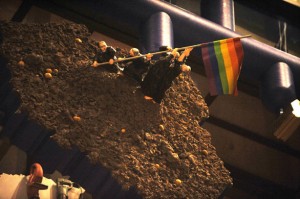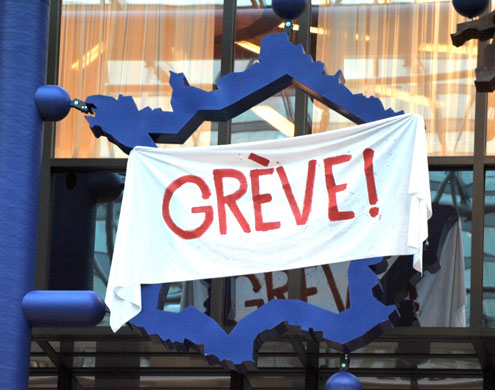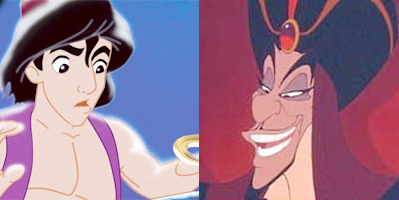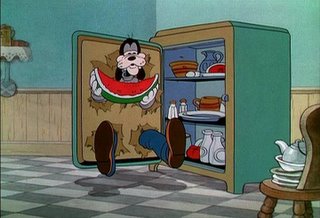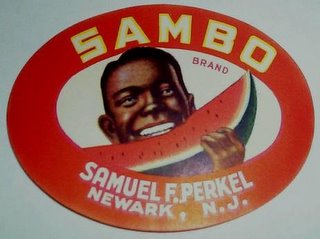A great example of how humor can be used to reveal the absurdity of certain social patterns that we take-for-granted:

“I can’t explain it,” said Nakajima, dressed in a pleated miniskirt and pure white knee socks. “There’s just something about American men who are at least twice my age and nearly three times my body weight that totally drives me wild.”
Added Nakajima, “They’re so hot.”
…
“I like it when they dress up like middle managers,” said Nakajima, twirling her girlish pigtails with one alabaster finger.
…
Drawn by her curiosity, Nakajima has scheduled a vacation to St. Louis for early March.
More at The Onion.
For a very real example of the flip side of this fetish, see this post on sex tourism in Thailand.

